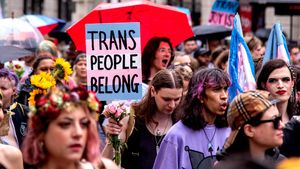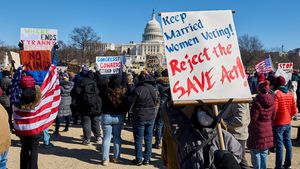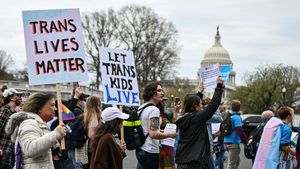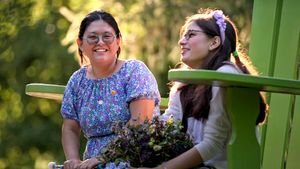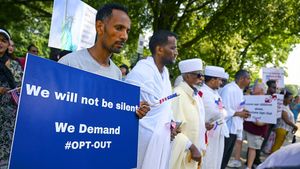Breast cancer is the most common cancer among women in the United States, other than skin cancer. It is the second leading cause of cancer death in women, after lung cancer.
The chance of a woman having invasive breast cancer some time during her life is about 1 in 8. The chance of dying from breast cancer is about 1 in 35. Thankfully, breast cancer death rates are going down as a result of early detection and improved treatment.
Recently, an article ran in the NY Times about how difficult it is to get cancer patients (and their doctors) interested in clinical trials. The author dissected the problem with our country’s clinical trials program. The economics, which provide a disincentive for doctors to enroll patients, combined with trials that do not address important clinical questions and patients who are already overwhelmed with decision-making are largely to blame for this situation.
Dr. Susan Love is answering the call for women’s health. In fact, she has dedicated her 30-year career to the research and prevention of breast cancer. Recently, her foundation (Dr. Susan Love Research Foundation) and the Avon Foundation for Women, a global leader in breast cancer research, joined forces to launch the Love/Avon Army of Women.
They have two key goals:
· To recruit one million healthy women of every age and ethnicity, including breast cancer survivors and women at high-risk for the disease, to partner with breast cancer researchers and directly participate in the research that will eradicate breast cancer once and for all
· To challenge the scientific community to expand its current focus to include breast cancer prevention research conducted on healthy women
More on next page...
\\\
(continued)
The Army of Women just hit the 300,000 mark and is hoping to keep the pace and hit one million by October (Breast Cancer Awareness month). By getting a million women they can really start to answer the questions by analyzing subgroups. Love explained to me that all breast cancer is not the same. It appears there are five or six different kinds with various risk factors. Her intention with the Army of Women is to change the way the scientists and researchers work. She says having a million women is a compelling force to get scientists and the government to sit up and take notice. People are dissatisfied with business as usual and the Army of Women is offering a new path.
They plan to collect information on all Army of Women participants and follow them for 20 years to isolate the factors that cause breast cancer. Love acknowledges that the internet has made this effort possible. Because they can send information via email and recruit via the website, costs are limited and the reach is phenomenal. They ask current members to invite their friends to join via email and consistently they see a jump in membership of several thousand. Everyone is connected to breast cancer, so people send it onto others whose lives have been affected.
Love is also talking to big corporations, who are recruiting through their employees and women’s organizations. She, along with Avon, organized the Army of Women Scientific Advisory Committee, comprised of advocates, health care professionals, researchers, and other stakeholders. Committee members review requests from scientists seeking permission to solicit volunteers from the Love/Avon Army of Women for their research studies, and approve or deny such requests. They also serve as spokespersons and advocates for the Love/Avon Army of Women. Collaborators include the National Breast Cancer Coalition and the American Association for Cancer Research.
Currently there are 2 million women living in the country who have had breast cancer. And still very little is known about what is causing this cancer. Love wants to investigate why cancer can be treated, seemingly go dormant and reappear or leave all together. Most breast cancer is not hereditary (5-10%). Another alarming statistic is that all the risk factors we now know only explain 25-30% of the cases. There is still a huge unknown. And that is why we need a diverse army – to represent age, ethnicity, sexual orientation and numerous other factors.
Breast cancer is also notably higher in lesbians, although they are not sure why. Some indicators include a high correlation to factors such as never having a pregnancy, obesity, alcohol use and low activity level. Because the Army of Women is online, they are hoping that more closeted women will be willing to participate in the survey and contribute that valuable data. They welcome various levels of participation, with studies ranging from questionnaires, to blood, urine, breast tissue samples.
If you’d like to learn more and/or join the Army of women as a volunteer or research participant, visit the AoW site.






















































































